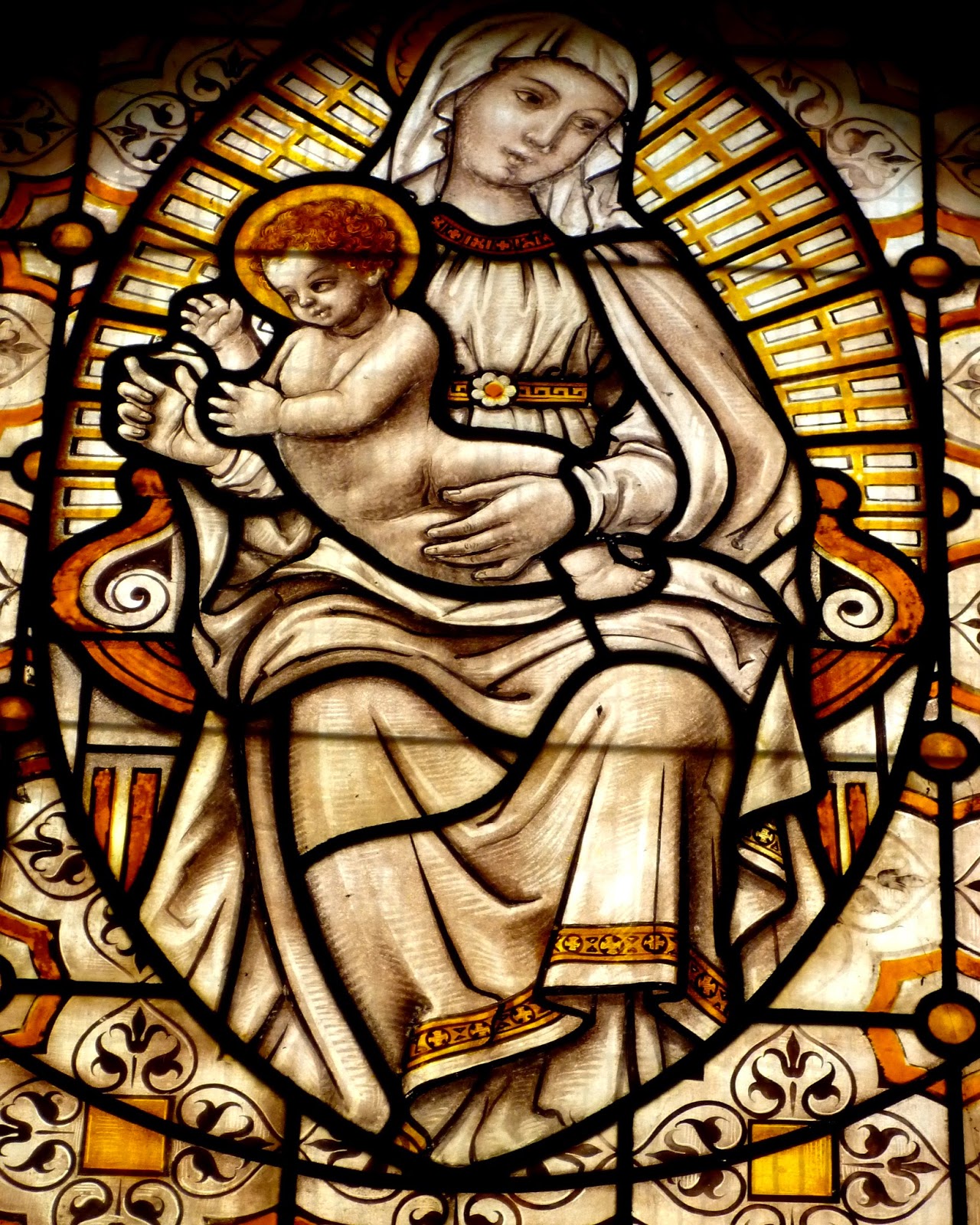Virginie Despentes describes herself as an 'anarcho-feminist'. When she directed a film of her first novel Baise-moi (1994) in 2000 it caused quite a stir and was subjected to accusations of 'pornography'. I could describe the film Baise-moi as Tarantino meets Thelma and Louise with lashings of unsimulated sex. But there is nothing titillating about it, and there would be something very unusual with anyone getting off on this stuff: Despentes is very angry. Coyly, the film version for distribution with English sub-titles didn't translate the title: a film called 'Fuck Me' would obviously have encountered censorship problems.
In 2010 it was a surprise when Despentes won the prix Renaudot – the second most important French literary prize. But to capture the atmosphere of the novel the making of a film version is highly unlikely because of the cost involved – this is a devastating read in more than one respect.
The back cover of this novel calls it a mixture of social satire, contemporary detective story and road novel, which seems a reasonably accurate shorthand description. Valentine Galton is the key character – a wayward fifteen-year-old who frequently plays truant and has sex with as many men as possible because she imagines that the more she has of it the better she'll get. Earlier on she mixes with the band PDTC (Panique Dans Ton Cul), which can be translated as 'Panic In Your Ass': it could almost be a prediction of the novel's climax, but more of that later.
There was a sub-genre of the fin-de-siècle New Woman novel in English literature which involved women detectives, and although I never managed to track one down to read I imagine that Apocalypse bébé must be a kind of update. The narrative switches between first and third person, with the first being related by the private detective Lucie Toledo, and the third revealing key characters in Valentine's life, ending with Lucie herself.
Valentine has gone missing, and Lucie's job is to find her. To help her in this she co-opts La Hyène ('The Hyena'), a much more experienced private detective and a larger-than-life, very openly lesbian character who doesn't flinch about using violent tactics to reach her goal. The novel involves various detective activities in Paris, and then a journey by car to Barcelona, where Valentine is eventually found and is ostensibly a docile captive.
Valentine comes from a broken family with an extremely self-centred mother and novelist father François whose books have gone out of fashion: the internet plays a very important role in detection in the story, although François uses it to write his Wikipédia entry and check his tiny sales positions on the Amazon charts.
But François's position in those sales charts will rocket, albeit posthumously. Finally his contribution to literature has been noticed, and this is to be recognised in a ceremony at the Palais-Royal. Valentine accompanies him, although what follows is catastrophe of such proportions that it will be compared, among other things, to the Twin Towers and the earthquake in Haiti.
The Palais-Royal metal detector registers when Valentine passes through it, but when she explains that this is clitoral ornamentation the staff don't probe any further. Ten minutes before the ceremony Valentine borrows her father's iPhone to post the ready-recorded video clip 'Little Girl' – showing her inserting a highly explosive device into her vagina: the result will change more than the nature of French security for ever.
Overnight Lucie becomes a wanted person, but her boss provides her with a fake driver's licence, she escapes to Spain to join her lesbian Polish lover Zoska, and ends up near Seville hoping for a fake passport to take them to South America.
A review of this book in the Independent suggests that the end of Apocalypse Baby is tacked on: oh no, it was intended. Like Baise-moi, this is an angry book, and a very powerful one.
My other Virginie Despentes post:
–––––––––––––––––––––––––––––––––––
Virginie Despentes: Vernon Subutex I (2015)














































